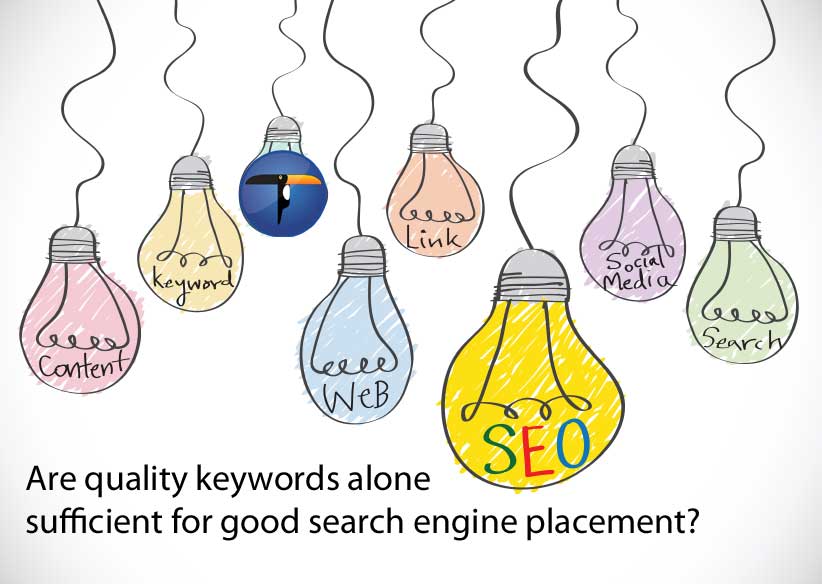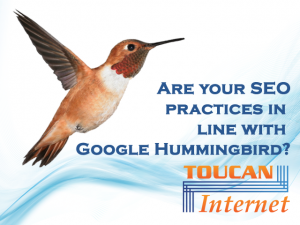Knowing your ‘Why’ and ‘Who you are’.

Whatever the project ahead we need clarity and you need to know you’ve got the right team to deliver on what you want to achieve.
Before every new client engagement for a sales and marketing web development, we’d like to actually find out who you are, what makes you tick, and why your customers buy you. This way we can make certain that anything we produce, be it a website, social media program, blog program, or alike meets your expectations and those of your clients.
We’d like to start with your vision and mission statement.
- Your Vision is saying what you want
for to the world,
and - Your mission statement is how you’re going to present yourself and interact with the world.
Then we know you!
With that understanding we’ll move on to understanding your brand manual. We come across many who have no brand guidance in place which makes it difficult to project the business in a consistent and accurate manner; essential for consistent sustainable growth. Your brand guidance will include amongstother items:
- your visual identity,
- your colour palette,
- the fonts that represent your business,
- your logo
- logo usage guidelines
- your strapline
- the tone of voice and the positioning so copy is consistent
- Positioning – How you are seen as in the world for instance are these part of the company’s mantra:
- Being charitable
- Innovative
- Creative
- Ecological
- Sustainability
- Community focused
If there is no brand manual in place we will need time to understand these item
with you before we start the project. Many clients have us complete this
formative work with them as a mini project before the main project; thus “putting
in firm footings”.
Given all the above items that shout to the world who you are and why the
readers need to take notice, we’ll have a good idea of what makes you special
so we can make you look the
best “you” you can be online
“Customers in the past, have said, ‘you’re a little bit different to the others’.
Alleluia!
Well, this may or may not be the case. But what does resonate with us is that we take the time to understand who you are, and what makes you the best at what you do. Then with that knowledge, we’re armed with all we need to make you look good to everybody else.
Frankly, it’s pointless leaping into a program of building a website, running a marketing campaign for you, writing your social media, engaging with your social media audience on your behalf, writing blogs for you, or doing creative branding if all of this is on weak ground if we don’t know who you are, and what makes you good.
So the first questions with any new engagement with Toucan Internet is
‘who you are you and why do you do what you do?’
“
Simon Thomas
Senior Partner and Digital Engineer






 AL asked “what are you doing Dave” in Stanley Kubrick’s film rendition of Arthur C Clarke’s classic “2001, a Space Odyssey”, it epitomised our distrust of autonomous processes that we allow to impact our lives. Pre-programmed devices and services fed from the data we leave in our wake steer our lives more than ever and none more than Google providing answers to your questions on which we all rely to make “informed” decisions.
AL asked “what are you doing Dave” in Stanley Kubrick’s film rendition of Arthur C Clarke’s classic “2001, a Space Odyssey”, it epitomised our distrust of autonomous processes that we allow to impact our lives. Pre-programmed devices and services fed from the data we leave in our wake steer our lives more than ever and none more than Google providing answers to your questions on which we all rely to make “informed” decisions.





